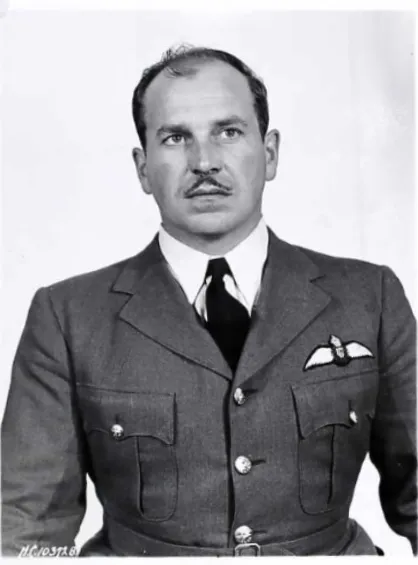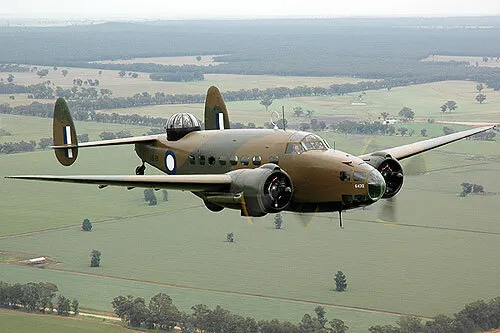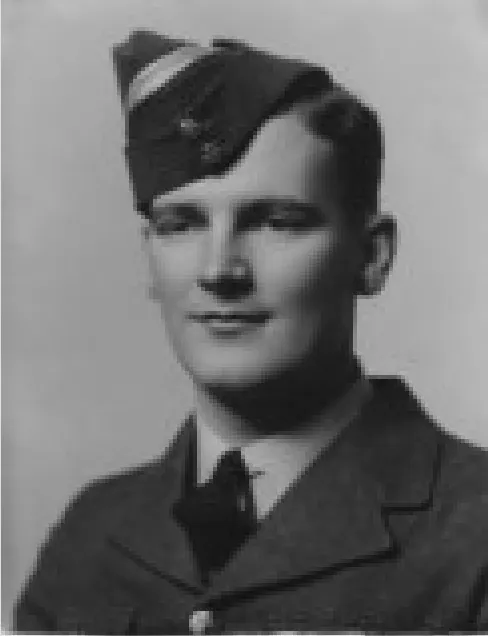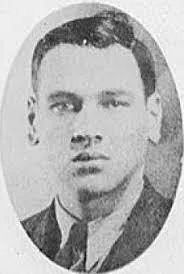Before joining the RCAF, Harold Oldham had worked for RKO Radio motion picture studios in Hollywood, California, USA as a construction manager. Flying Officer Oldham served with 11(AS) Squadron RCAF before transferring to RAF Ferry Command
Oldham, Harold Wilson (Flying Officer)
Killed in Flying Accident 1941-September-27


Birth Date: 1907-July-17
Born: Southampton, York County, New Brunswick, Canada
Parents: Son of William Kaye Oldham and Jessie Henrietta (nee Wilson) Oldham, of Woodstock, New Brunswick; husband of Grace Oldham.
Spouse: Husband of Grace Oldham
Home: Woodstock, New Brunswick
Enlistment:
Enlistment Date: unkown date
Service
RCAF
Unit
Ferry Command- Ferry Command (RAF)
Base
Dorval, Quebec
Rank
Flying Officer
Position
Pilot
Service Numbers
C/2397
Crew or Other Personnel
Hudson AM940
Mission
Hudson Mk. III AM940
Ferry Flight 1941-September-27 to 1941-September-27
() Ferry Command (RAF) Dorval, Quebec
RAF Ferry Command, Dorval, Quebec. Hudson aircraft AM 940 lost out of Gander, Newfoundland on a trans-Atlantic ferry flight to the UK. A last radio signal was received indicating that the crew had a serious problem and then no further contact was made, the aircraft and crew lost in the North Atlantic Ocean
Pilot Flying Officer HW Oldham (RCAF), Observer Sergeant WR Lance (RCAF) and Canadian civilian Radio Officer CH Small (Nfld) were all missing, presumed killed in this flying accident
The missing have no known grave. Flying Officer Oldham and Sergeant Lance are commemorated on the Ottawa War Memorial. Ottawa, Ontario. CH Small is commemorated in the United Kingdom Book of Remembrance
Ocean Bridge, The History of RAF Ferry Command by Carl A Christie pages 311, 390n33
Hudson serial: AM940

Source National Air Force Museum of Canada.
The Lockheed Hudson was an American-built light bomber and coastal reconnaissance aircraft built initially for the Royal Air Force (RAF) shortly before the outbreak of the Second World War and primarily operated by the RAF thereafter. The Hudson served throughout the war, mainly with Coastal Command, but also in transport and training roles, as well as delivering agents into occupied France. They were also used extensively with the Royal Canadian Air Force's (RCAF) anti-submarine squadrons. National Air Force Museum of Canada.


